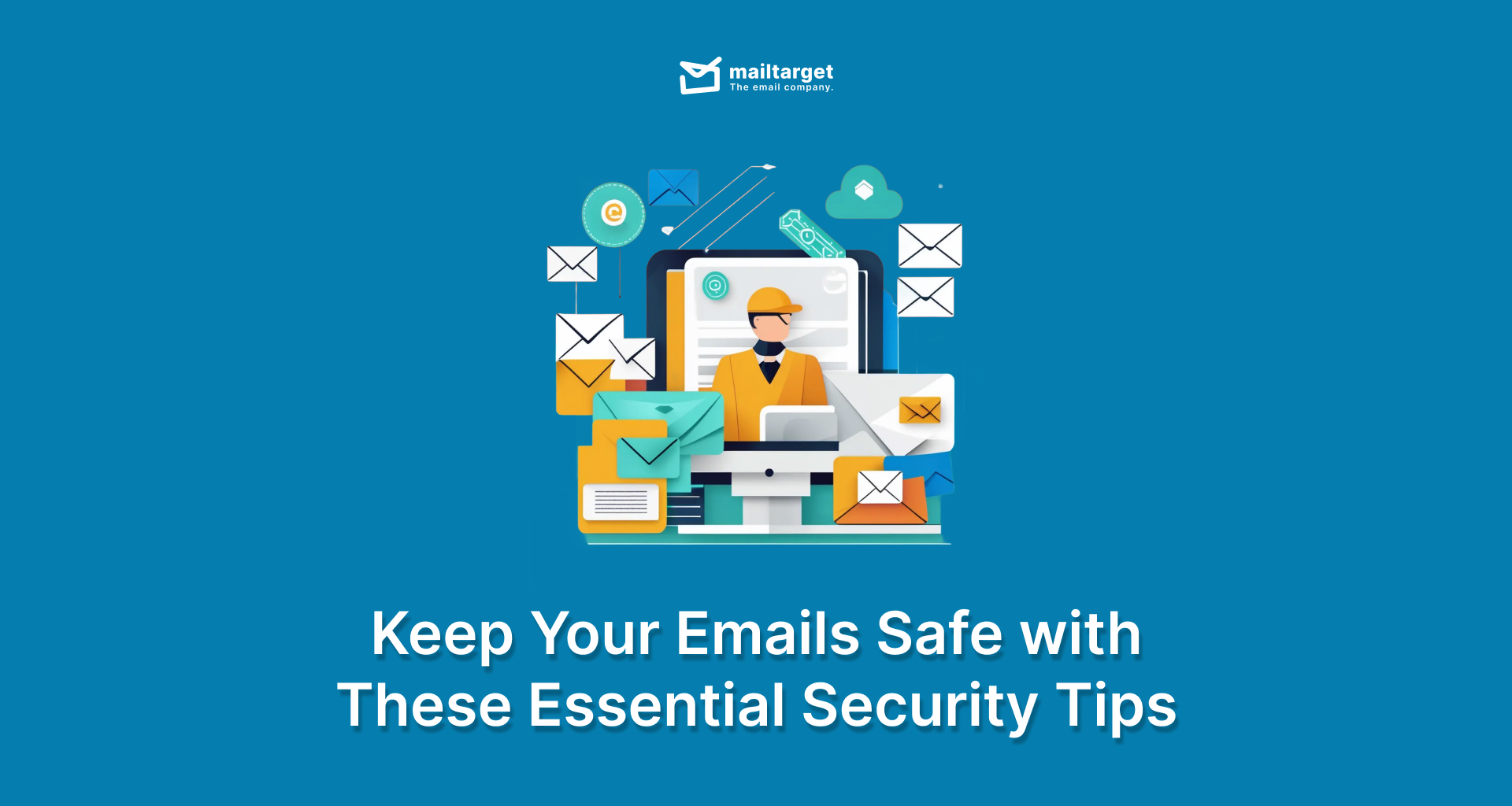Keep Your Emails Safe with These Essential Security Tips

In our digital age, making sure your emails are secure is super important. It’s all about protecting your sensitive info from prying eyes and cyber threats. This post dives into key strategies and technologies that help keep your emails safe and sound.
What is Email Security?
Email security is all about the steps and protocols you put in place to keep your email content safe and to prevent unauthorized access to your email accounts. This means making sure your emails can’t be read or messed with during transmission.
Top Technologies for Email Security
- Encryption
This is like putting your emails in a secure envelope before sending them off. TLS (Transport Layer Security) is commonly used for this. - Authentication Protocols
These standards, like SPF (Sender Policy Framework), DKIM (DomainKeys Identified Mail), and DMARC (Domain-based Message Authentication, Reporting & Conformance), ensure the sender is legit and helps prevent email spoofing. - Secure Email Gateways
These act like a security guard for your emails, filtering out unwanted stuff and protecting against phishing, malware, and spam.
Best Practices to Boost Email Security
- Regular Updates
Keep your email systems up to date to defend against new threats. - Employee Training
Make sure your team knows the ins and outs of security best practices and how to spot phishing attempts. - Data Loss Prevention (DLP)
Set up DLP policies to monitor and control what data is sent via email to prevent leaks.
Real-Life Success Stories
For examples, there is a financial services company, faced frequent phishing attacks. They decided to implement SPF, DKIM, and DMARC protocols to authenticate their emails. They also set up a secure email gateway to filter out malicious emails. As a result, phishing incidents dropped by 90%, and customer trust improved significantly.
Another stories from Healthcare company who dealt with sensitive patient information and needed to ensure email security. They used TLS encryption for all email communications and trained their staff on recognizing phishing attempts. Additionally, they established DLP policies to monitor outgoing emails. This comprehensive approach led to a 75% reduction in data breaches and enhanced patient confidentiality.
Wrapping Up
Keeping your emails secure isn’t just about using the right tools; it’s about having a solid overall security approach. This includes setting policies, training your team, and regularly checking your systems. By following these practices, businesses can greatly reduce the risk of cyber threats and protect their valuable information.

